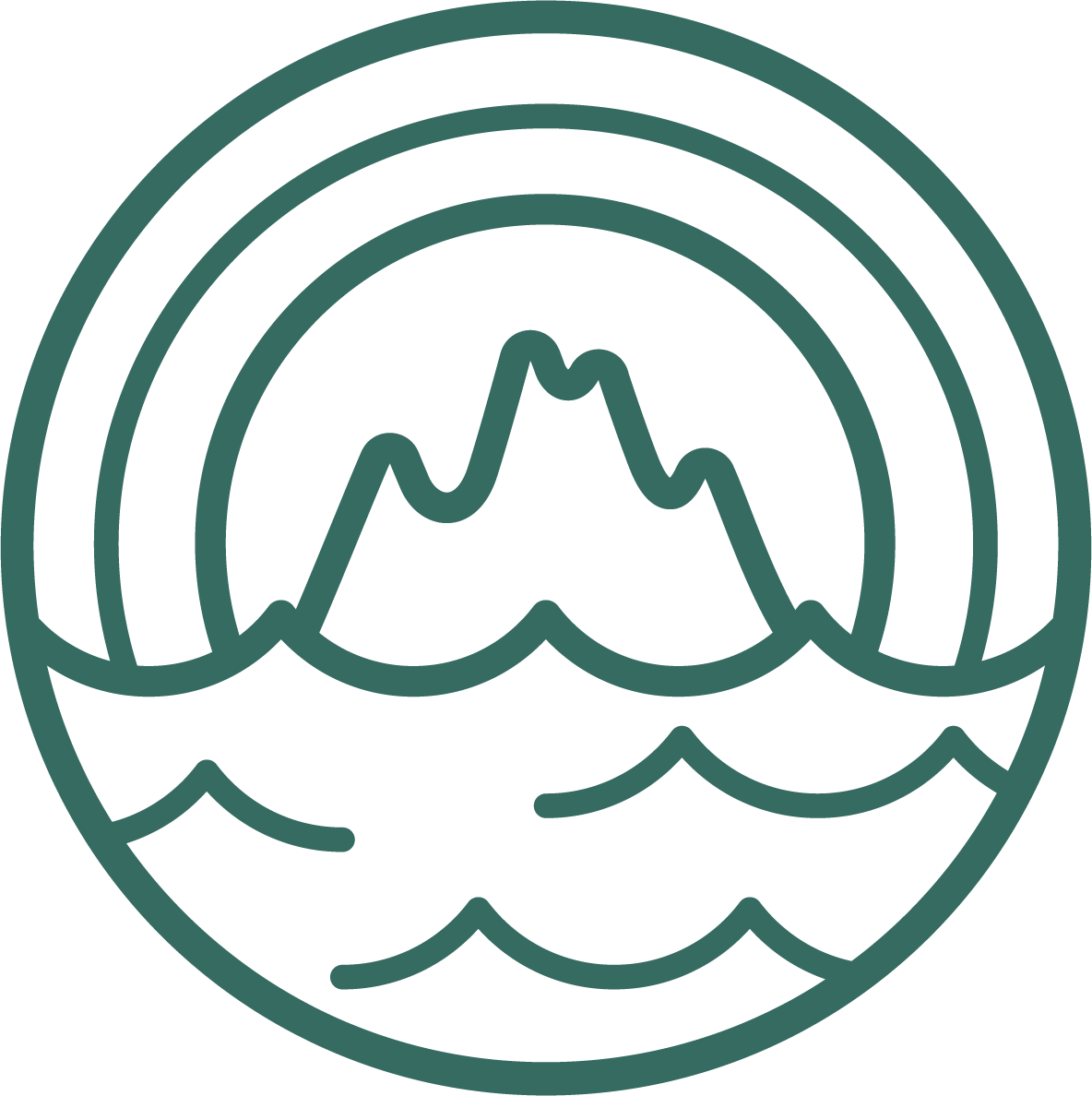23 Jul Summer Programs Combines Enrichment and Research
 CRDG Summer Programs, a communitybased program that brings students in grades three through twelve onto the University of Hawai‘i campus for enrichment programs in science and the arts, hosted just over three hundred students from public, private, and charter schools. The field- and laboratory-based programs allowed them to do, rather than merely study, science and mathematics as well as art, drama, language, and driver’s education.
CRDG Summer Programs, a communitybased program that brings students in grades three through twelve onto the University of Hawai‘i campus for enrichment programs in science and the arts, hosted just over three hundred students from public, private, and charter schools. The field- and laboratory-based programs allowed them to do, rather than merely study, science and mathematics as well as art, drama, language, and driver’s education.
Science programs included field-based courses that took students all over the island, both to natural areas at the beach and in the mountains and to research facilities such as the Bishop Museum, the Waikiki Aquarium, the Pacific Aviation Museum, the Palehua Solar Observatory, and both the Imaginarium and aquaculture program at Windward Community College. A new experimental course this year, called A Summer with Galileo and Newton, led students through a series of experiments that allowed them to construct the laws and principles that are the foundations of modern physics and technology. The same investigative approach was used in the Mathematics Around Us and Investigative Mathematics courses. The arts offerings continued to expand in 2012 with courses in beginning and advanced drama, ceramics, and jewelry making as well as graphic design and digital media. Beginning, intermediate, and advanced robotics rounded out the offerings.
Summer Programs also hosted a major research project conducted by CRDG and the University Laboratory School (ULS) information technology (IT) team in preparation for the 1:1 technology pilot program that began at ULS in fall 2012 (see p. 23). The IT team called the summer research their “pre-pilot.” They undertook it because it allowed them to develop a set of best practices—both for deploying hardware and for instilling a sense of responsibility in the students—on a much smaller scale than even the gradelevel pilot they would conduct during the school year. An example of the kinds of things the summer study allowed them to do was test hardware choices. The team deployed routers to the home of each Summer Programs class member as a way to create a secure online environment similar to the one on the school campus. The particular router they chose for this first implementation turned out not to work as well as they would have liked. With these data, the team conducted further research and chose a different router for the scale-up to a full grade level for the school year pilot. They also responded to the almost immediate issue of lost or damaged hardware by creating a sense of ownership and community among the students. Elements of this community of learners included a test that everyone had to pass for anyone to receive his or her device and a counter to track days without an incident similar to those used at industrial work sites.




